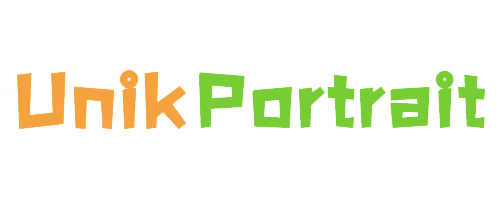When it comes to product customization, two popular options are UV transfer labels and UV DTF transfer stickers. At first glance, these two terms might seem interchangeable, but they actually have some distinct differences. First of all, we need to know what’s the difference between a sticker and a label. Let's take a closer look at what sets them apart.

Sticker:
According to the Cambridge Dictionary, a sticker is "a small piece of paper with a picture or writing on one side and a sticky substance on the other."
Stickers are often used for decorative or promotional purposes, and they are typically designed with aesthetics in mind rather than a specific destination. Stickers are commonly printed on full-sheet (8.5" x 11" or A4) paper and then cut into custom shapes using an electronic cutting machine. This custom shaping is usually crucial to the overall design.
When it comes to standard sticker paper, it doesn't commonly feature a back slit (unless specified). This is because if you're using a cutting machine, any premature peeling of the liner can potentially ruin your project. When you peel the sticker paper from the cutting machine's sticky mat, one side of the liner may sometimes separate during the process.

Label:
According to the Cambridge Dictionary, a label is "a piece of paper or other material that gives information about the object it is attached to."
Labels are primarily used for business applications such as product labeling and signage. They are created with a specific product, container, or use in mind. These labels are typically information-focused, with options for permanent or removable adhesives. They can be printed on a variety of materials and feature more aggressive adhesives that work well on tricky surfaces like cardboard.
Labels are usually printed on templates that already have the label cuts pre-designed. If it's a full-sheet label, it will almost always include a back slit or cut in the liner material, which makes the peeling process easier.

Key Differences
From the information provided, we can see that stickers and labels don't have a huge fundamental difference. However, the definitions suggest that labels are more commonly used for product labeling, packaging, and signage, as they are primarily focused on transferring information.
On the other hand, stickers are often used for decorative or promotional purposes, particularly on textiles and other smooth surfaces. The backing paper and adhesive properties of stickers may also differ slightly from labels, due to their distinct applications.
However, this distinction may not be entirely accurate when it comes to your UnikPortrait's transfer stickers and labels. Since these transfer products usually don't include a background, the die-cut technique is not necessary. Instead, the designs are printed directly onto a film material, which allows you to easily transfer them onto your desired products, whether they are intended for informational labeling or decorative stickering.
The key difference, then, lies in the intended use and application of these transfer products, rather than the traditional definitions of stickers and labels. Your UnikPortrait solutions offer the flexibility to choose the right option - whether a label or a sticker - to meet your specific product customization needs.

This covers the key differences between stickers and labels. In the next part, we will explore the specific differences between UV transfer labels and UV DTF transfer stickers.
